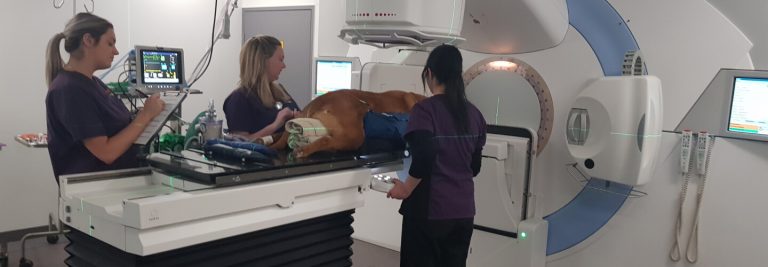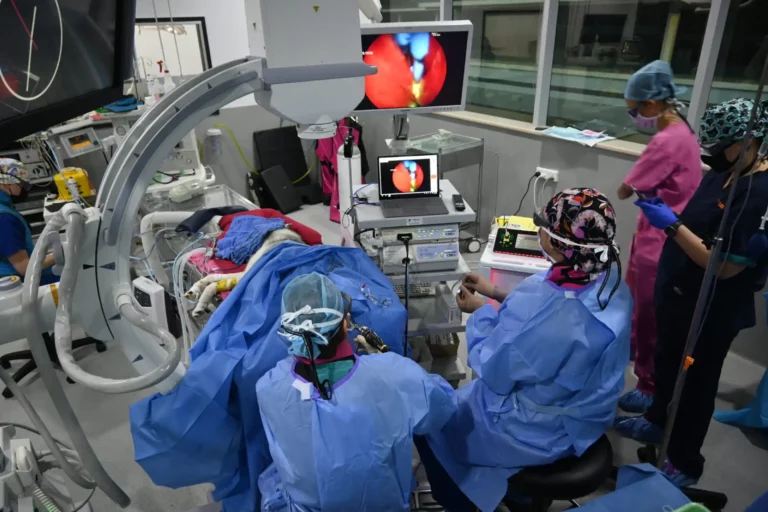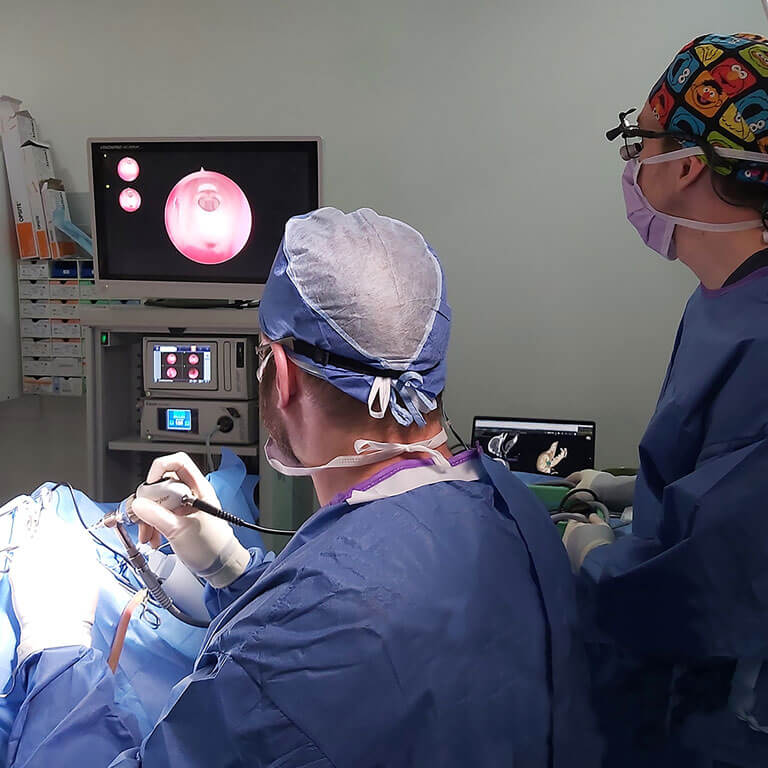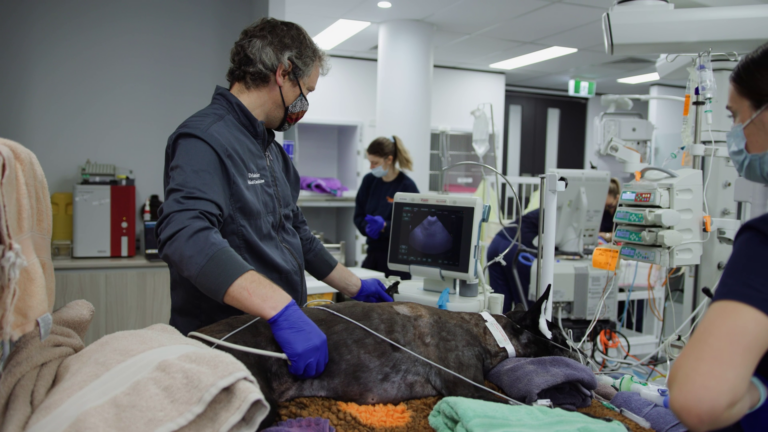By Dr Daniel James
After any surgery, your pet will need to be kept confined for at least 2 weeks. The area of confinement should be approximately 4 times your pet’s size. For example, a 30 kg Labrador will need to be confined to a space of 1.5 x 2 m. The area should have a bowl of clean drinking water and ideally, non-slip flooring. Your dog may be allowed outside to toilet, on a harness, for 3-5 minutes, every 4-8 hours.
For cats, the cage or crate should be approximately 1 x 1 m. There should be a bowl of water, a bed, and a litter tray in the cage. The litter tray should be changed twice daily.
Depending on the surgery that your pet has undergone, we may advise you that you can take your pet out to sit on your lap if you are actively restraining them.
Checking stitches after surgery
Your pet will have one or more surgical incisions. These wounds may have been closed with internal dissolving stiches, visible skin stitches or skin staples. Regardless, you will need to check any incisions at least once a day. Look for signs of redness, swelling, pain, discharge or wound breakdown. If you notice any of these signs, please contact SASH immediately. Any incision will need to be kept clean and dry, and your pet must not be allowed to lick the wound. If they do show a desire to lick or chew at the incision, they may need to be fitted with an Elizabethan collar/E-collar (dog or cat cone).
Your pet will need to return to SASH or to your local vet approximately 10-14 days after surgery for a routine post-operative assessment, and removal of any stitches or staples. After this appointment, you can then bathe your pet, but not before.
Pet care after orthopaedic or spinal surgery
Pets receiving orthopaedic surgery or spinal surgery will need to be confined for 6 to 8 weeks after surgery. However, they may be allowed out for progressively longer walks, or for physical rehabilitation (rehab) exercises, as directed by our Sports Medicine and Rehabilitation team.
Every patient receiving orthopaedic and neurologic surgery at SASH will receive rehab therapy at the Sports Medicine & Rehabilitation department as part of their post-operative recovery phase before discharge from hospital. We also recommend continuing rehab as an out-patient once your dog has been discharged.
From 2 weeks to 8 weeks after surgery, we strongly recommend that patients with spinal or orthopaedic disease return to SASH to consult with Sports Medicine and Rehabilitation team, who can direct you to carry out carefully tailored exercises to help with your pet’s recovery.
After 6-8 weeks, patients who have had orthopaedic surgery will generally need to return for X-rays to be performed, usually under heavy sedation or light anaesthetic, to ensure that the bone has healed. As such, do not feed your pet from 10 PM the night prior to the appointment, or any time before the appointment. Water should still be offered.
Patients who have had spinal surgery, should also return for their final assessment prior to return to regular activity.
Feeding pets after surgery
In general, as your pet will be confined, and be less active, we strongly recommend that you reduce their food intake by at least 30% to prevent weight gain. Exceptions to this include patients who are underweight prior to surgery, or patients who have a poor appetite.
Be sure to follow specific directions given to you by your Surgeon or surgical team.




